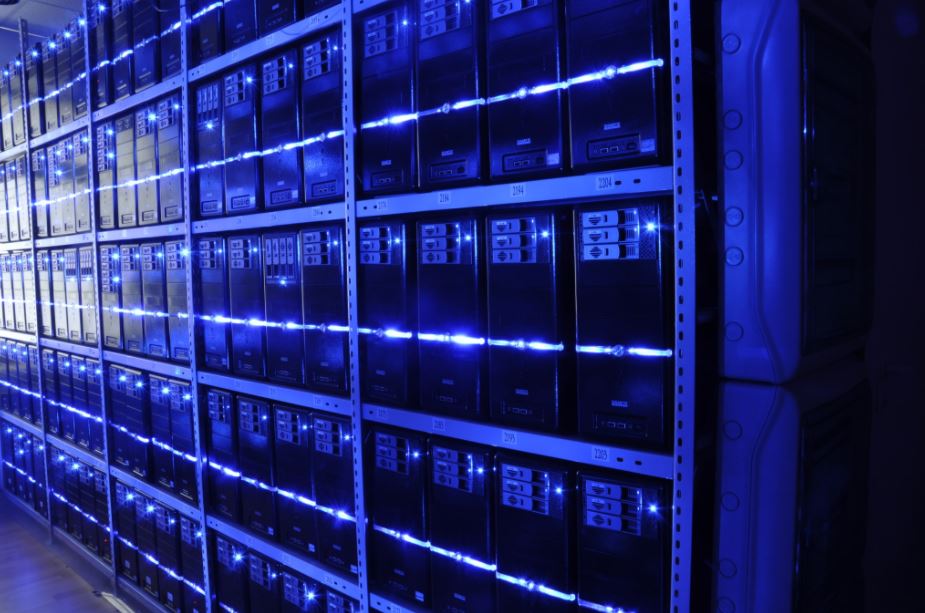Although natural and man-made hazards occur regularly, some businesses remain unprepared. A business continuity plan and emergency response plan provide a foundation, but make cloud-based data protections, such as Disaster Recovery as a Service (DRaaS), a cornerstone. DRaaS ensures a complete, secure, easily restored data replica exists.
Disaster Recovery as a Service (DRaaS)
Rather than merely purchase physical or virtual backup servers, many firms turn to DRaaS, an information technology cloud solution that replicates, protects and restores data to servers when a man-made or natural hazard affects the original. This means a firm can quickly restore data after events as diverse as cyberattack or hurricane. DRaaS alleviates pressure from a firm’s local IT staff and ends the need of purchasing duplicate systems.
Who Needs DRaaS?
Certainly, every company needs to protect its data, but for some industries near-instant disaster recovery becomes priority one. Five industries desperately need DRaaS:banking
- education
- government/public sector
- healthcare
- telecommunications
These industries form the framework of our day-to-day existence. Their importance grows during a crisis.
Responding Together
Consider how these industries contribute during a crisis. The government leads the disaster response, whether at the federal or state level. It works with non-profit partners, such as The Red Cross, to rescue, house, feed and clothe survivors.
Why Healthcare?
Hospitals and urgent care facilities treat the injured. Their need for historical patient data is great and the past decade’s trend toward electronic health records (EHR) enhances their need for near-instant data restoration. Patient lives depend on it. By 2013, 80 percent of hospitals moved from paper records to an EHR system.
Both survivors and emergency responders require access to their funds. The ability of survivors to acquire a hotel room, purchase emergency clothing or food, buy gas for their vehicle, pay for prescriptions and address other immediate needs requires banking data. On the emergency responders’ side, purchase of materials, gas for vehicles and food for work crews tops the list.
Why Telecom?
The telecommunications industry ties them all together, enabling quick one-on-one and group communications to conduct response efforts. It also provides survivors and their families and friends with the ability to touch base and plan reunions.
Why Education?
Education records provide vital identification information for children spanning the age ranges of pre-school to high school and college. They harbor copies of immunization records and emergency contact data needed during a crisis response. Post-disaster, the education facilities must issue transcripts for children whose families relocate after the disaster.
In the 21st century, DRaaS has become a cornerstone of organizational continuity during disaster response. It offers real-time backups, automation and greater flexibility than backup physical servers. Despite the network bandwidth it requires, it offers a tantalizing solution to replicating data and provides access from anywhere. Though it’s most vital for the banking, education, government/public sector, healthcare, and telecommunications industries, every business benefits from DRaaS.
